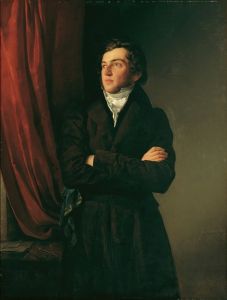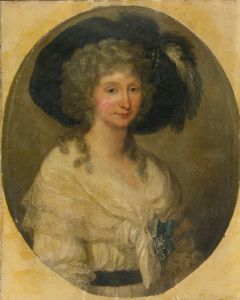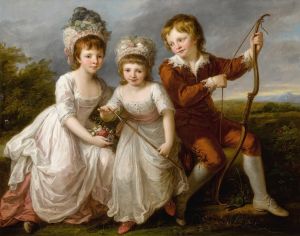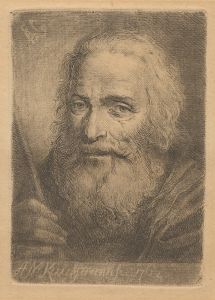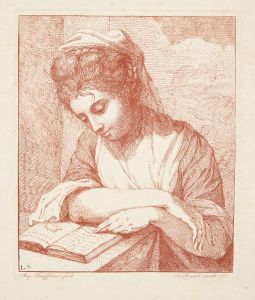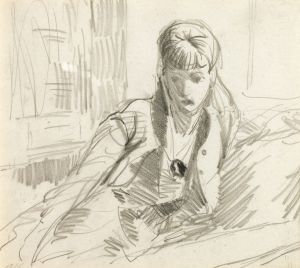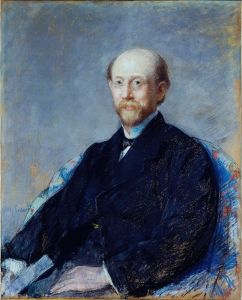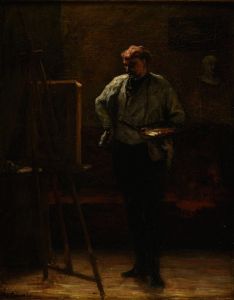
Portrait of her husband, the painter Antonio Zucchi
A hand-painted replica of Angelica Kauffmann’s masterpiece Portrait of her husband, the painter Antonio Zucchi, meticulously crafted by professional artists to capture the true essence of the original. Each piece is created with museum-quality canvas and rare mineral pigments, carefully painted by experienced artists with delicate brushstrokes and rich, layered colors to perfectly recreate the texture of the original artwork. Unlike machine-printed reproductions, this hand-painted version brings the painting to life, infused with the artist’s emotions and skill in every stroke. Whether for personal collection or home decoration, it instantly elevates the artistic atmosphere of any space.
Angelica Kauffmann's painting Portrait of her husband, the painter Antonio Zucchi is a work that reflects her skill as a portraitist and her personal connection to the subject. Angelica Kauffmann (1741–1807) was a Swiss-born Neoclassical painter who gained widespread recognition in the 18th century for her portraits and history paintings. She was one of the founding members of the Royal Academy of Arts in London and is celebrated for her contributions to the Neoclassical movement.
The subject of this painting, Antonio Zucchi (1726–1795), was an Italian painter and Kauffmann's second husband. Zucchi was known for his decorative work, particularly in the field of interior design and architectural painting. He collaborated with prominent architects and designers of his time, including Robert Adam, and contributed to the decoration of several notable buildings in England. Kauffmann and Zucchi married in 1781, and the couple later settled in Rome, where they lived until Zucchi's death in 1795.
The portrait is believed to have been painted during their marriage, showcasing Kauffmann's ability to capture the likeness and character of her subject. The work demonstrates her refined technique, attention to detail, and sensitivity in portraying her husband. While the exact date of the painting is not definitively documented, it is consistent with Kauffmann's mature style, which emphasized clarity, elegance, and emotional depth.
As with many of Kauffmann's portraits, this work likely reflects her interest in combining personal sentiment with artistic excellence. The painting serves not only as a representation of Antonio Zucchi but also as a testament to their partnership, both personal and professional. Kauffmann and Zucchi shared a mutual appreciation for art, and their marriage is often described as harmonious, with Zucchi supporting Kauffmann's career and artistic endeavors.
The current location of the painting is not widely documented, and detailed information about its provenance or exhibition history is limited. However, it remains an important example of Kauffmann's portraiture and her ability to depict individuals with grace and insight.
This painting is a significant piece within Kauffmann's body of work, highlighting her role as one of the most prominent female artists of the 18th century. It also provides a glimpse into her personal life and her relationship with Antonio Zucchi, offering viewers a deeper understanding of the artist beyond her public achievements.





